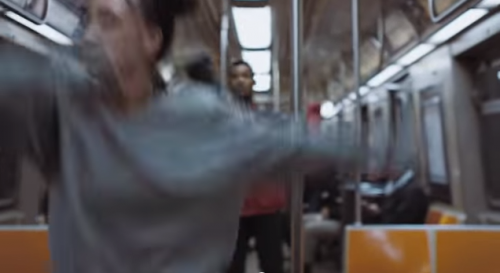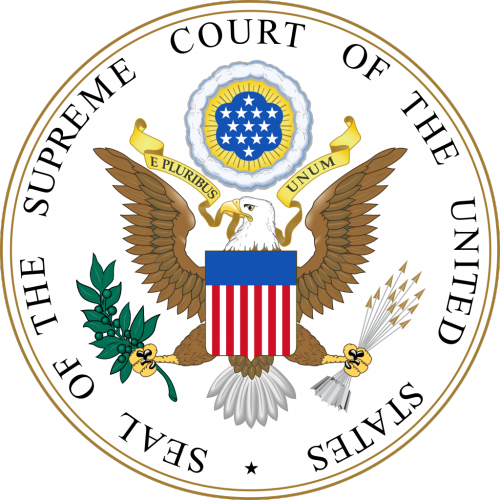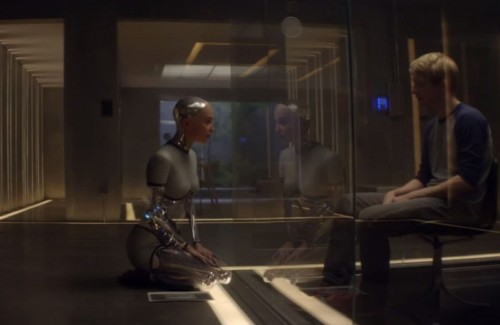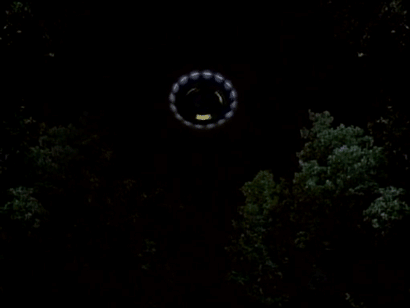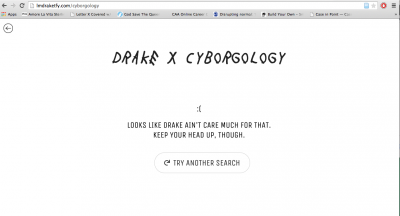
School’s out for the summer, as they say (well, sorta–I’m still teaching a little), which means I’m back here regularly. I’m really excited to be back! It’s been about a month, but I still wanted to post my reflections on the TtW music panel.
The music panel was so much fun–Sasha was a fantastic moderator with interesting and thoughtful questions, and all my co-panelists had such insightful things to say. The audience questions were also fantastic.
One thing I really, really appreciated about the panel was that we stayed largely away from questions of distribution. It can feel like most discussions of music and the web focus on the web as a location or method of distribution: downloads, streaming, piracy, and so on. Both music critics and tech writers have been talking about this for nearly two decades. The topic gets a lot of attention because it sits right at the center of two of our biggest social institutions: capitalism (how to make money with music) and the state (intellectual property, law, etc.). Though there are still important conversations to be had about this (Eric Harvey’s work is a good example), this approach can sometimes feel tired and overplayed, on the one hand, and like it eclipses other, equally important questions about music and the web, on the other. We don’t just use the Internet to distribute music.
So instead of focusing on the web as a platform for distributing music, the panel focused on music and the social web. We talked about tons of stuff, but here are the questions that stood out in my mind (and its admittedly imperfect memory):
- Music making, listening, and fandom are necessarily and inherently social. How does the sociality of social media impact the way music and music fandom works? How does the sociality of social media impact the work of being a celebrity artist?
- Is music just fungible content designed to generate interaction, which is the real point?
- How does social media appearance of a musician impact the interpretive contest for their songs? Or are songs just part of their online portfolio/brand?
- Someone raised the issue of text-based memes based on song lyrics. From a songwriting and composition perspective, has the lyrical meme replaced the sonic hook as the focal point of a pop song? Sasha pointed out that the lyrics can recall a sonic memory, but it’s not the sonic part that’s driving the spread/loop/virality. Is there a difference between an earworm and a viral meme? (Does the parasite vs viral metaphor get us anywhere with this question?)
- The social web is focused on interactivity (because that’s what generates sellable data). How does the interactivity of social media manifest in, say, the composition of songs? The relationships between fans and artists? The business model of the music industry?
- Though we didn’t talk about distribution, we did talk about labor. How are the labor practices of digital social media adopted/incorporated by the music industry? How is fan labor monetized? What are the ethics of that? One audience member asked about the role of labels nowadays, and I suggested that labels are for labor–they do the secretarial grunt work of making and marketing and promoting a record. Like secretarial work, participatory interaction is historically feminized labor (e.g., wives and daughters playing piano in the parlor). Looking back, I wonder about the gendering of musical labor on the social web. Is it all feminized, in line with the broader feminization of labor under real subsumption? Or is more ‘expert’ work–I’m thinking especially of annotation here, but maybe also some kinds of curation–masculinized (in that it’s more prestigious and might bring more benefits)?
- There was another question from the audience about cell phone bans at concerts. I argued that this has a social rather than an aesthetic function: concert etiquette has always been way of establishing status distinctions among different audiences, and cell phone bans are, I think, part of this tradition. More elite audiences eschew the use of cell phones at concerts.
- I wish we talked more about gender and race. Especially because race (ok, white supremacy) is fundamental to both the economics and the aesthetics of pop music in the US, and because we’re starting to understand how race is a factor in the economics, aesthetics, and dynamics of social media, the “race/music/social web” conversation really, really needs to happen.
Listening back to the panel, you might be excused for thinking it was actually a panel about Drake. He was the central reference point for just about every idea and question we talked about. After the panel I told my friend “so, uh, I think I need to write about why this ended up being the Drake panel.” Why does pop music + the web = Drake? (‘Scuse me while I Drake that for myself). In 2013, one study found that Drake was the most talked-about rapper on social media.
Is there something about Drake that makes him distinctively appealing to various web media (viral memes, hashtags, lmdraketfy.com, etc)? Or, is there something distinctive about Drake that makes his spread through web media more visible, more appealing to the kind of people who are at TtW? (Ie, why Drake not Beyoncé or Rihanna?) At the level of stereotypes, Drake is “the black guy with feelings.” Is there something about social media that just resonates with the kind of artist Drake is? Given the importance of affect and interpretation (annotation, ‘explainer’s, thinkpieces, etc.) on the social web, is there something (something racialized and gendered) about Drake’s emotive, feelings-y persona that makes him meme-able, annotate-able (to white people)?



